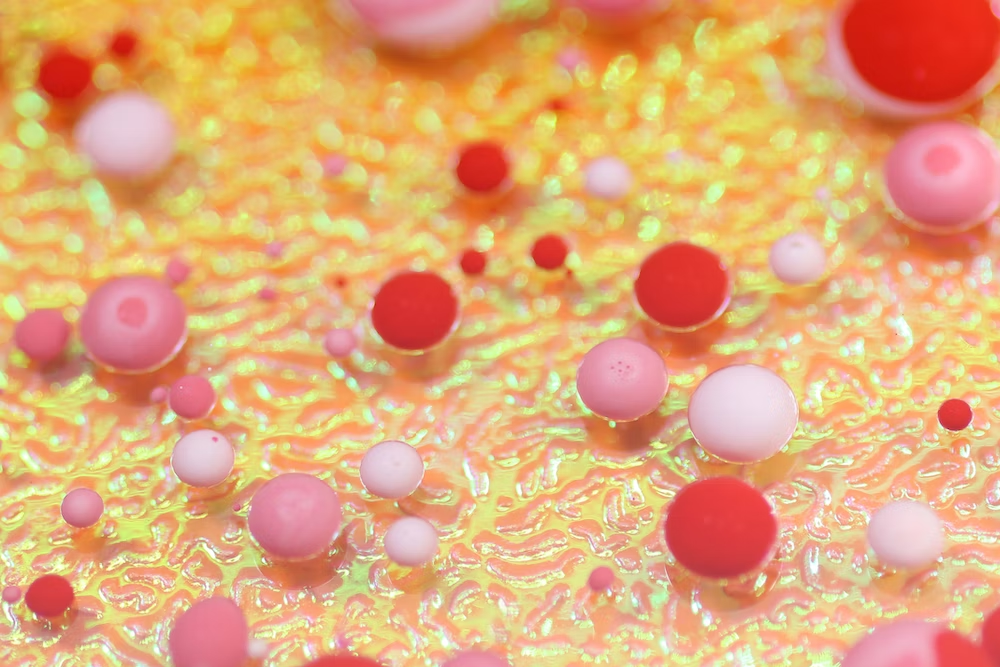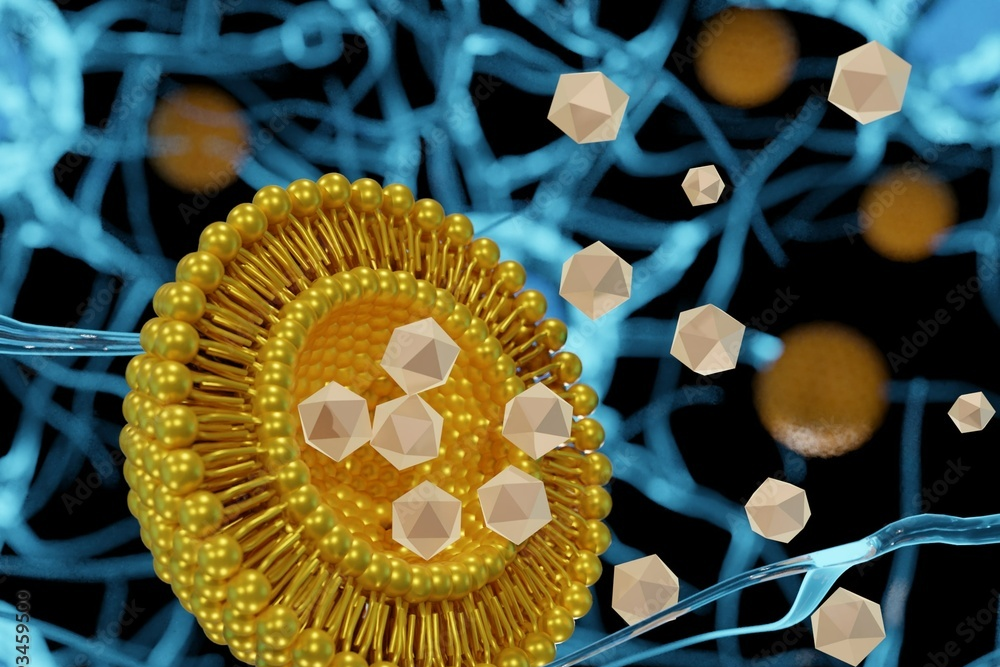CELLg8® has numerous human clinical studies proving that the delivery system increases ingredient absorption including six peer-reviewed published papers to prove that the outcome is reached. Furthermore, CELLg8® Powder delivery is over 90% encapsulation efficiency which is 10 times more than any other product available.
The most important information about liposomes is if they work. The structure and size of the particles are interesting and included below, but the real goal is to increase absorption.

Liposomal absorption in humans has been extensively studied over numerous clinical trials. This form of absorption is a method of encapsulating nutrients and other substances in liposomes, and then administering them to the body. The process has been clinically proven to be more efficient than other methods, with data showing that it increases the bioavailability and effectiveness of the encapsulated materials.

Particle distribution is an important part of any science experiment. It is used to determine the size, shape, and other characteristics of a sample. In the case of liposomal particles, particle distribution can be measured using a variety of techniques, such as photon correlation spectroscopy, dynamic light scattering, and fluorescence microscopy.

Complete encapsulation of powdered form is a process that is becoming increasingly popular in the scientific community. It involves encapsulating the powder within a liposome to create a stable form for storage and delivery. This process has a number of benefits, including improved absorption, higher bioavailability, and improved shelf-life. Data suggests that complete encapsulation of powdered form can improve the overall efficacy of the material.
This is a typical analysis of a CELLg8® liposomal product. The particle size after digestion is obtained via Dynamic Light Scattering. This data changes little from product to product. While TEM images of microscopic liposome bubbles are important and definitely interesting, dynamic light scattering is more important than the material a whole is the right type of particles. You can always find one unique structure in a sea of non-liposomal material.
Distribution of the spheres is also important as these pictures can be a one-off or only a small part of the sample, that is why DLS is so important. You have to show that the whole sample conforms to the "spheres" requirement.
The most important information about liposomes is if they work. The structure and size of the particles is interesting and included above, bu the real goal is to increase absorption. CELLg8® has numerous human clinical studies proving that the delivery system increases ingredient absorption including six peer-reviewed published papers to prove that the outcome is reached.
Transmission electron microscopy (TEM) is a method of microscopy that focuses a beam of electrons on a specimen to form an image. Usually, the sample is an ultrathin section of less than 100 nanometers or a suspension placed on a grid. The image is generated through the interaction between the electrons and the sample as the beam passes through the specimen. After this, the image is magnified and concentrated onto a detecting device like a fluorescent screen, a layer of photographic film, or a sensor connected to a charge-coupled device.
Looking at the CELLg8® spheres’ structure is important to show the encapsulation of the actives within the lipid sphere. CELLg8® Powder Delivery is over 90% encapsulation efficiency which is 10 times more than any other product available.